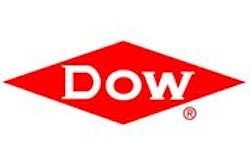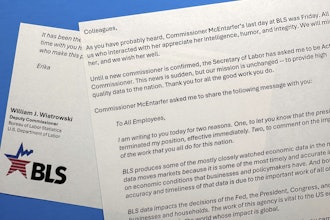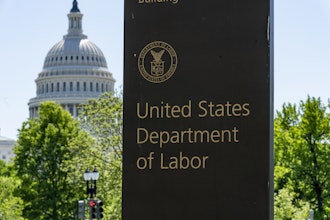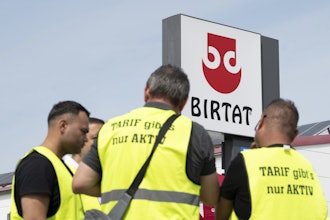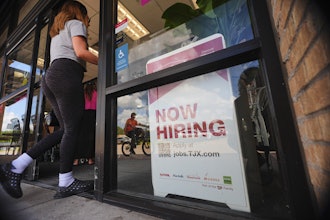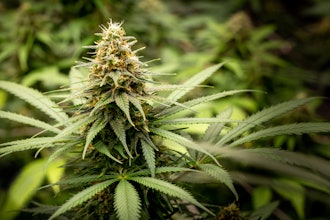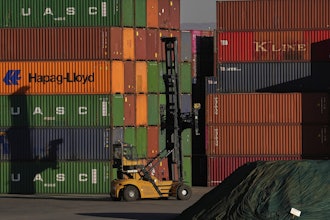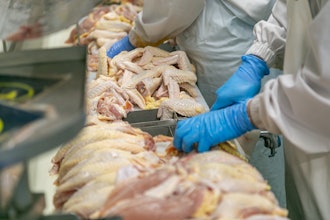Following five years of intense negotiation, the U.S. and ten Pacific Nations recently announced a deal to open agricultural markets, tighten intellectual property protection and establish a bloc to challenge China’s influence in the Asia-Pacific region. This deal, subject to approval by the U.S. Congress, will likely transform how major food companies purchase their agro-commodities — specifically sugar.
Historically, widespread regulations and trade barriers have caused artificially high sugar prices. In the past two years in the U.S., for example, NY Sugar 16 (local raw sugar index) has traded at a 30 to 50 percent premium over world market prices (NY#11).
Governments in more regulated markets, such as the U.S., argue that these measures protect local farmers and keep jobs in the country.
Going forward, three major wild cards are poised to fundamentally change the industry. This article examines these looming changes of destiny in the sugar industry and their likely implications for food manufacturers.
1. 2017 EU sugar reform
The EU Sugar Protocol reform, to be implemented in 2017, aims to align the European sugar market to the world market, removing import restriction quotas and allowing direct competition between domestic and foreign suppliers.
Several industry analysts predict that this will result in further price deflation. They argue that major buyers of sugar in the EU (e.g., food and beverage manufacturers) will likely start importing from West African countries to benefit from their lower processing costs. This likely will lead to EU sugar refineries having excess capacities of sugar, which in turn will deflate sugar prices.
However, this theory remains to be proven, as prices of sugar in the EU have significantly declined in anticipation of the policy change and several leading EU refineries have already started to align with major consumption markets.
2. Cross border trade liberalization
The trade liberalization across the U.S. and Pacific countries is expected to create strong competition among the top five producers—the U.S., Mexico, Australia, Vietnam and Peru—while abolishing trade restrictions. Figure 1 illustrates current production in the top countries.
Figure 1: 2015-2016 World Raw Sugar Production (in thousands of metric tons)
Countries with lower labor costs and access to large-scale refineries are likely to emerge as winners.
The natural winner is expected to be Mexico, given the size of its production and its significantly cheaper labor costs. However, it remains uncertain whether unions in developed countries will challenge this deal. As recently as this past summer, a coalition of U.S. farmers filed and won an anti-dumping lawsuit against Mexico.
3. Comprehensive Trade and Economic Agreement between EU and Canada
The third wild card that we’ve analyzed is the Comprehensive Trade and Economic Agreement (CETA) between EU and Canada.
While the exact date of this deal remains unknown, it will likely alter the flow of sugar between the old and the new continents. Canadian and European producers would be in direct competition for the first time. Cross-border trade is likely to increase.
Implications for Food Manufacturers
Food manufactures can take advantage of these new market configurations by increasing their bargaining power and adopting a more dynamic business model.
Companies can adopt several measures to increase their chances of success:
- Harmonize sugar specifications (color, grade, polarization and type) across manufacturing plants, while increasing flexibility in accepting higher color sugar. This will open up markets such as Brazil, with its Very High Polarization sugar.
- Optimize supplier bases and allow for a set of known and trusted suppliers to be pre-qualified to service global manufacturing plants without having to go through the tedious and time consuming qualification process.
- Increase cross-border sourcing: Develop in-house capabilities to monitor the changes in tariffs and duty. A dynamic database will allow companies to identify advantageous sources and routes on a continuous basis.
- Optimize semi-finished vs. finished products: Review manufacturing hubs, and consider the case of shipping semi-finished products vs. finished products, as duties for each may vary.
- Consider buying raw sugar: Source raw sugar directly—as tariffs may be lower than for refined sugar in some countries—and set up tolling agreements with refineries around the world.
- Optimize logistics and supply chain: Optimize freight (upstream) from origination country to refineries; consider moving to rail and bulk shipment when possible.
Will sugar become a globalized commodity? Only time will tell. However, what we know is that sugar is likely to go through disruptive change, and manufacturers need to adapt now to these new market realities.
About the Author
Bahige ElRayes is a principal in the food and beverage practice of A.T. Kearney, a global strategy and management consulting firm. He focuses on commodity management and its implications for the food and beverage industry, and leads A.T. Kearney’s annual Commodity Survey. He can be reached at [email protected].







